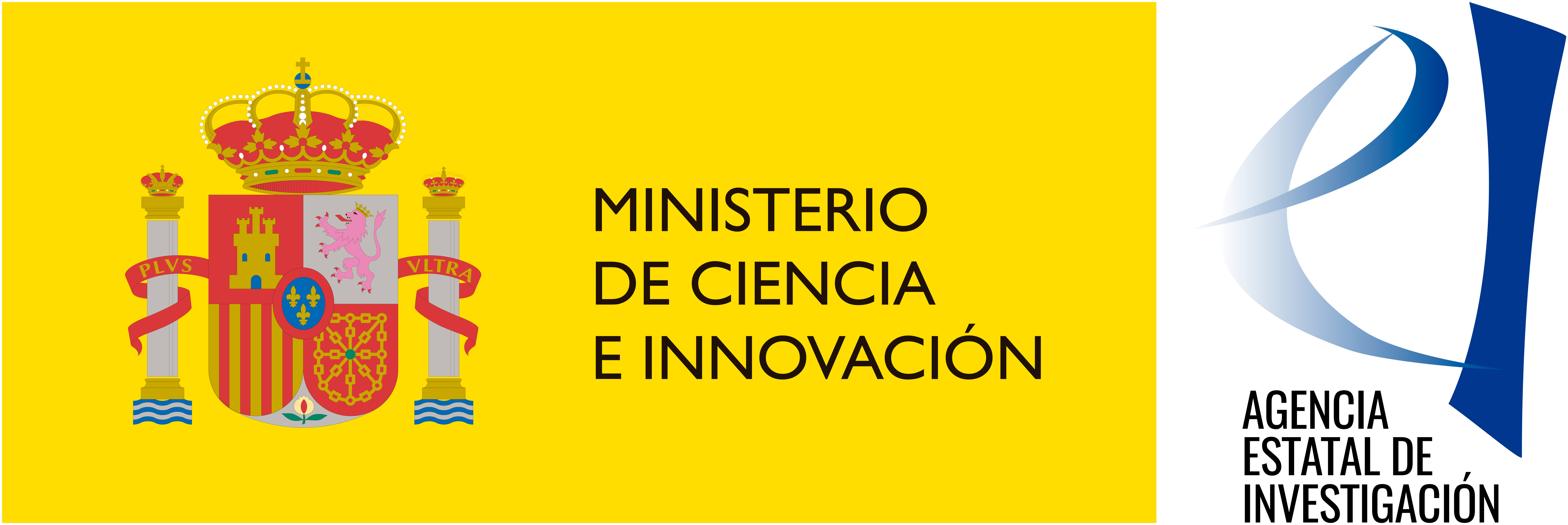The Charisma in Medieval Spain: Rulers, Ceremonies, Objects
group "Religion and Civil Society"
Following Max Weber 's redefinition in the early 20th century, the concept of charisma has become consolidated as one of the most widely used concepts in the social sciences - especially sociology, psychology and Economics - to interpret issues related to leadership. This project proposes a re-semanticization of this concept, returning it to its original disciplinary roots - more theological than social-scientific - and recovering all its enormous sacred dimension. In this way, it is possible to rigorously analyze all those historical manifestations that require an approach that is not reduced to the limited field of what is verifiable by natural causes, such as, for example, miracles, prophetism, sanctity, preaching, ritualism and the use of astrology as a prediction of the future.
More specifically, this project aims to document, analyze and interpret some manifestations of charisma in the exercise of authority in late medieval Spain, through three of its main projections: rulers, ceremonies and objects. The specific fields to be analyzed are:
-
the political action and charismatic actions of some representative rulers of lower medieval peninsular society -specifically of the kingdoms of Castile, the Crown of Aragon and Navarre - such as King Peter IV of Aragon (1318-1387), the Prince of Viana (1421-1461), King John I of Aragon (1350-1396), Ferdinand the Catholic and his son Prince John (1478-1497), who typify the three types of charisma that this project seeks to analyze: the "acquired charism", the "transferred charism" and the "failed charism";
-
how these actors made use of ceremonial to encourage the charismatic dimension of the rulers among their subjects - especially in the investiture ceremonies and those in the cathedral seats ("ritualised charism");
-
the use of symbolic power in certain royal insignia (particularly the sword and the crown), the display of other valuable objects, and foreign currency, to enhance their charisma (the "charisma projected" on these objects).
This project propose to make an approximation of the question around the conceptual coordinates (the concepts of "authority" and "charism") and the main themes (how these aspects have been developed in the three peninsular kingdoms of Castile, the Crown of Aragon, and Navarre).
researcher manager
 Jaume Aurell
Jaume Aurell

saurell@unav.es

CV
researcher manager
 Álvaro Fernández de Córdova
Álvaro Fernández de Córdova

afdecordova@unav.es

CV
RESEARCHER TEAM OF THE UNIVERSITY OF NAVARRA
→ Álvaro Fernández de Córdova (School of Theology).
→ Joaquín Sedano (School of Canon Law)
RESEARCHER EXTERNAL EQUIPMENT
→ Martín Aurell (Université de Poitiers)
→ Jaime Elipe (Universidad Autónoma de Madrid)
→ María Narbona (University of Zaragoza)
project PID2020-116128GB-I00
